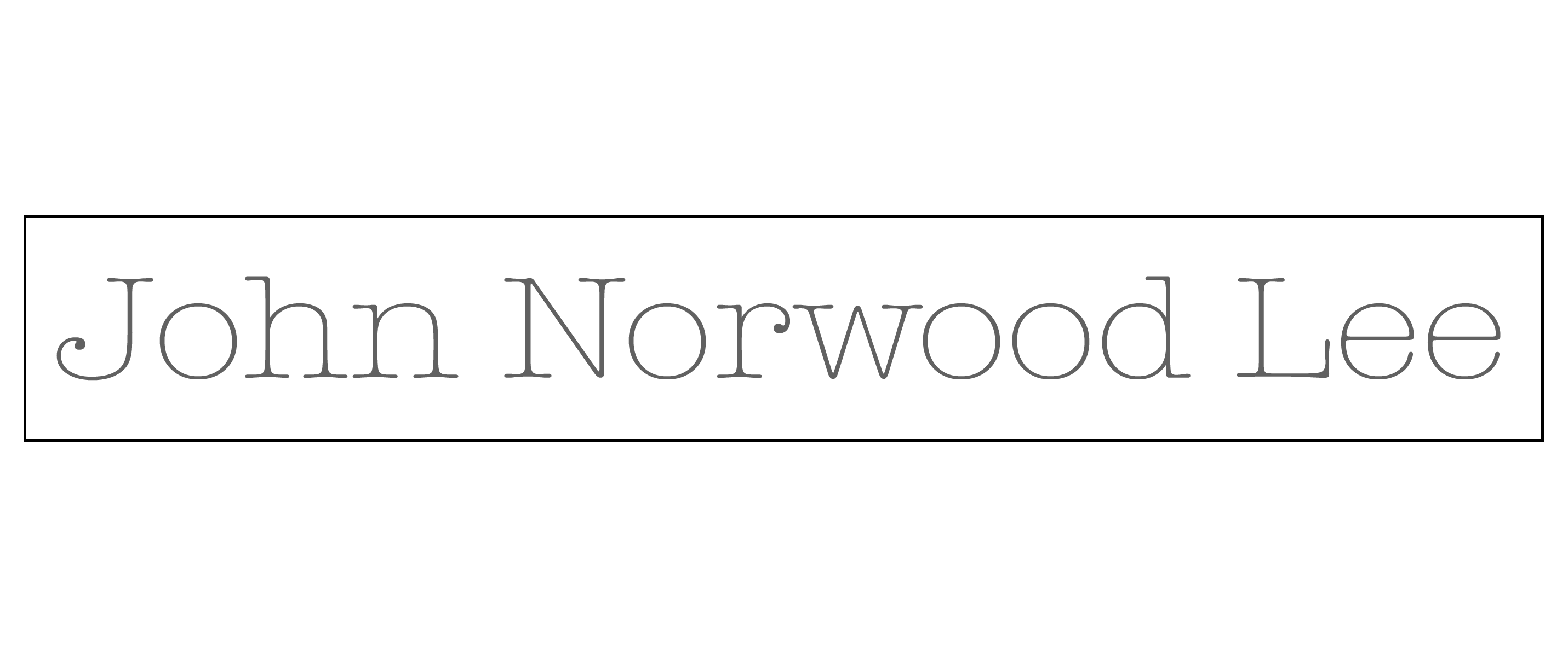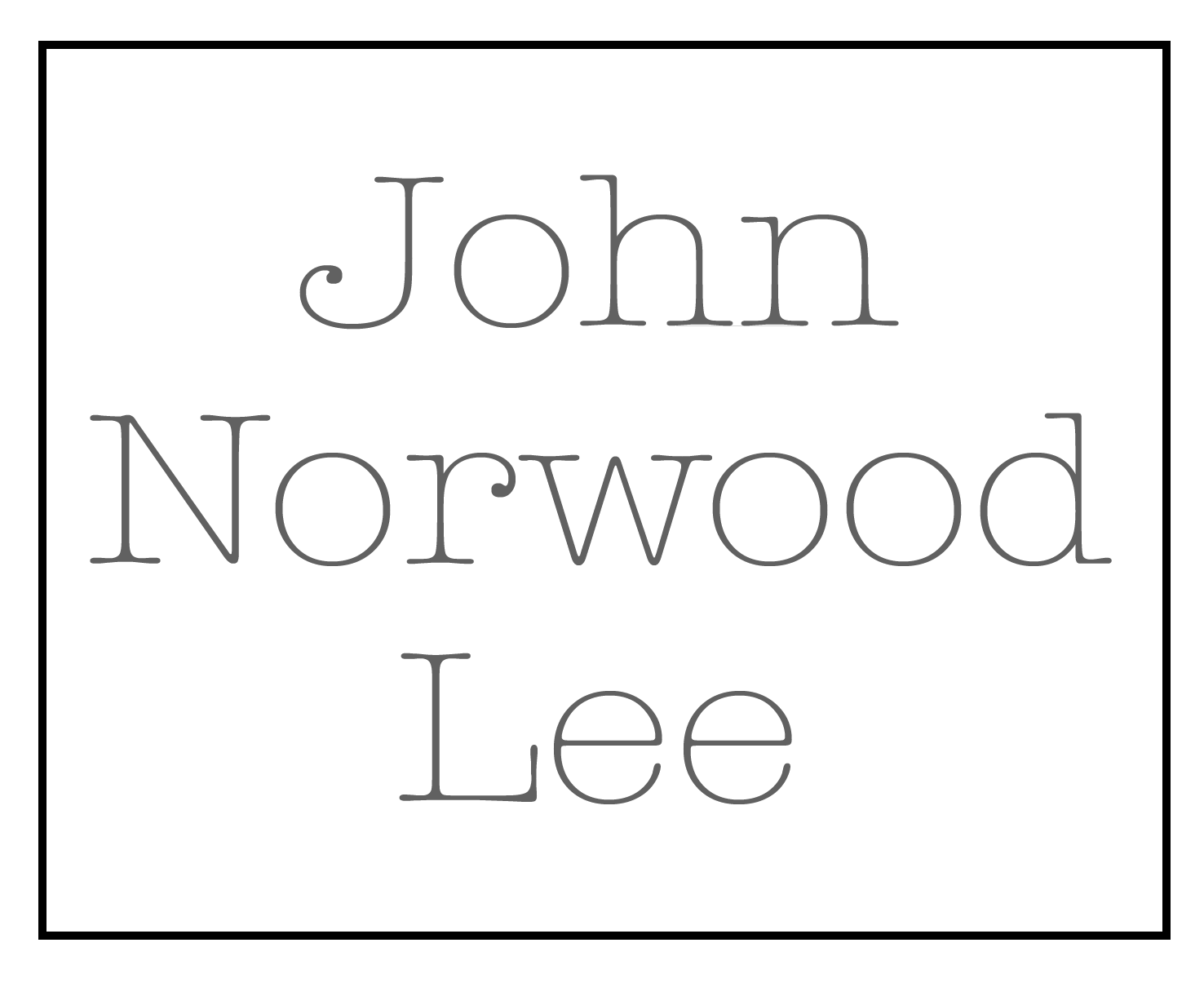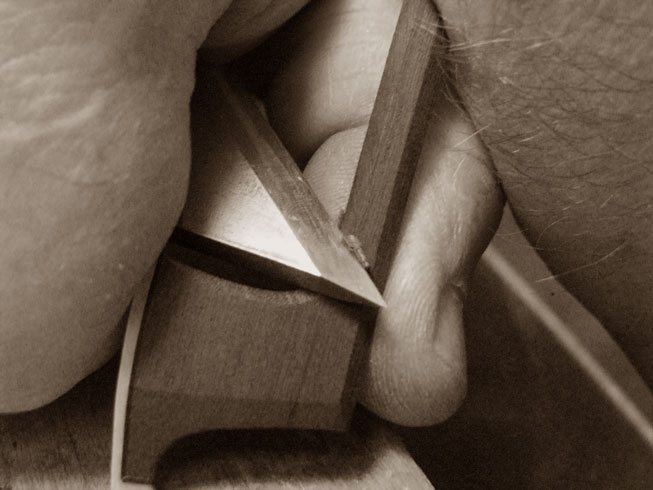It’s funny how major things in one’s life can come from seemingly inconsequential incidents. A slight deviation in your life’s course, for the silliest of reasons, can have everything to do with what happens years later.
One of my best friends in grade school was a guy named Scott Rielly. His beautiful older sister, Leslie, who played flute, decided we should form a woodwind quintet. I had a huge crush on Leslie and would have done just about anything she asked. So, in 1967, Scott and I went to summer school for band. He started playing bassoon and I started oboe. I ended up playing oboe through school.
During high school I met a violin maker at a new religious congregation when my family moved to a different part of Chicago in 1968. His name was Manfred Reinl and he worked for William Lewis & Sons. We played music together in a small ensemble at several meetings each week. As a violin maker Manfred had a problem getting instrument making and repair tools in Chicago. There was a certain kind of cello bass bar clamp he needed but couldn’t find. Manfred had a few of the clamps from when he went to violin making school in Mittenwald, Germany but there was nowhere to buy them here and he needed more. He knew my brother and I attended a famous engineering prep school, Lane Technical High School, and therefore had access to all the equipment and tools needed to make the clamps.
So in 1970 I first began to work in the violin business. My brother and I made a model of one of the clamps and used it to make sand molds to cast in aluminum. We then machined the aluminum casting and other parts and finished the clamps. Manfred paid us $15.00 each for the clamps, not bad for 1970-71. Our teachers were very happy with our ability to solve the problems we ran into and get a good product delivered to our customer.
A few years later I contemplated going to the Kenneth Warren Violin Making School (which was later to become the Chicago School of Violin Making) but, just before I signed up, Bein & Fushi opened in Chicago. I went to meet them and they asked me to apprentice with them.
So in February of 1977 I began an apprenticeship in the famous Bein & Fushi repair shop. Bill Webster was the head of their shop then and I studied instrument repair directly under him. He had apprenticed under Hans Nebel at the Wurlitzer Shop in New York. I learned a lot about wood working from Bill Webster and was able to do the wood working techniques he taught me well. Unfortunately there was an important aspect of violin repair that I couldn’t do well. I have a kind of color blindness that keeps me from distinguishing between certain reds and greens. I couldn’t see some colors I needed to see to be good at retouching instruments.
Around the same time another apprentice had a disagreement with Bein & Fushi and was dismissed by Robert Bein. He made a lot of trouble for them because Bein & Fushi had not paid him legal wages. He filed a complaint with the Government and reported that I too was not paid legally. Robert thought I was in league with him and also dismissed me, but I didn’t want to leave.
I asked Robert if there wasn’t some way for me to stay. He suggested that I learn to work on bows and agreed to keep me in the shop for a few months to see if I could do that work. I was already struggling with retouching so I was eager to find another way to continue in the violin business. That is how, in the summer of 1977, I came to work on bows!
To learn about rehairing I spent a day with my old friend Manfred Reinl. As it turned out tying the hair for a rehair is done exactly the same way that you tie an oboe reed. Cutting the plugs and wedge for a rehair has some correlation to cutting reeds.
My reed making skills definitely helped me pick up rehairing quickly. Later Bein & Fushi sent me to spend a day in Boston with a famous bow restorer, Arnold Bone. That was all the actual bow “training” I had. Almost from the beginning I understood how to make frogs and buttons well and understood the “mechanical” aspects of bows. My engineering background was the perfect background for bow making.
Bein & Fushi provided me with plenty of sticks to restore. I gained experience making frogs and buttons, straightening and cambering bows, putting on new tips and re-bushing sticks. I was seeing all the bows that came through Bein & Fushi and I was able to see and work on many great bows including many bows owned by great violinists of the time. It seemed to me that there were more qualities the great bows had in common than their differences. I began to feel that I could make a good bow, not so different than what I was seeing. By then I certainly knew what a good bow looked like!
Toward the end of 1977 I was ready for that challenge. I bought some pernambuco and started experimenting making sticks. This was much more of a challenge for me than making frogs or buttons. I knew how to plane but I had never used the kind of planes used in bow making. I had to work hard to make a violin bow that I was willing to show to Bein & Fushi.
Of course my first bow was crude by most standards but it showed that I could make bows and Bein & Fushi were very excited about the potential I showed. In fact they were extremely gracious and offered to buy 10 bows from me no matter how well the bows were made or played. This gave me the opportunity to make bows without worrying too much about the details but rather I could concentrate on the process and experiment to see what worked and what didn’t.
When I was done with the 10 bows I actually could make a nice bow. It was very exciting.
During the next few years I continued to manage the bow shop at Bein & Fushi and they commissioned many bows from me. Not only was I able to look at many great bows but they commissioned copies of many of the great bows from me. It was a perfect circumstance for me as a bow maker.
Why do so many soloists use my bows? Honestly, I am very humbled, and at the same time exhilarated, when a great player uses my bow. For me there is no greater pleasure. I try to make every bow as well as I possibly can but what I think makes a bow great may not be what a particular player need or wants. If I had to tell you the “secret” of my success I would have to say that making a lot of bows and distributing them through fine violin shops is that secret. Without the support of shops like Bein & Fushi, Songwoo and a handful like them, I never would have had the exposure needed to be known to so many great players.
Someone once said that without the bow a violin is just a four string guitar. Of course there’s a lot of
wonderful music for the guitar but most of us would miss the sound of a bow on a stringed instrument if suddenly there were no bows. Again, though I must profess that every bow I make is the very best bow I could make when I made it, what actually makes a bow great is the player. A great player can make a terrible bow sound very good. The greatest bow cannot help a terrible player. That I can make bows that make players happy is the most important thing. So I have to make a lot of different bows because every player needs and wants something different. A good player can feel the little differences between one great bow and another and decide which is best for his or her personal needs. If my bow can fill that niche I am very happy.
I make a lot of copy bows. There is a challenge in making a new bow look, and hopefully play, like a bow made by one of the great masters of the past. For me the hardest bows to copy are Sartory bows. Making the button on them is a great challenge, especially the gold copies. Also the heads of Sartory copy violin and viola bows are extremely difficult to make look like a real Sartory. I think this is why they are the most popular; I have done something and I am being punished for it. I don’t know what I did, but people keep ordering Sartory copy bows!
My favorite bows to make are Tourte copies. The greatest Tourte bows were almost all octagonal and I think that the planing of an octagonal bow is one of the best ways to see the level of craftsmanship of a bow maker. Planing a skinny piece of wood that’s so long and getting it to look good is no easy feat. This is obscured when a bow is made round. Not that round bows don’t have their own beauty, they do, but it doesn’t show the craftsmanship nearly as well.
I also like making Peccatte copies. More than most other makers D. Peccatte used beautiful wood. Beautiful wood that might be rejected by many makers as too difficult to work with is perfectly suited for Peccatte copies. Unfortunately it is the defects in many pieces of wood that make us consider it beautiful. Peccatte had a knack for using wood with more depth, figure and motion in it than his peers. When you make a beautiful bow that also then can make beautiful music it is Art on
several levels. It can be very satisfying.



